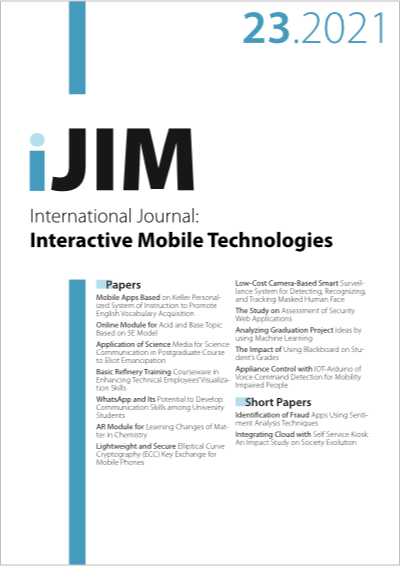The Study on Assessment of Security Web Applications
DOI:
https://doi.org/10.3991/ijim.v15i23.27357Keywords:
Web Applications, Secure Socket Layer (SSL), Python, Analysis, Threat Modelling, Security Assessment ToolsAbstract
Nowadays, technology has an important role of our life, including smart devices, social media due to the importance of security and web for interaction so it has become targeted it by cybercriminal. The growing threat of cybersecurity has prompted the kingdom to pay more attention to its national cybersecurity strategy as the state embarks on a Vision 2030 plan, which aims to diversify the economy and create new jobs. Therefore, Web Applications are always having security threats, which considered as a big problem. Several steps introduced successful analysis of vulnerabilities in web applications. There are no efficient and easy to use tools for the security assessment of such applications. This paves the way for hackers to easily attack. In this paper, we recommend an efficient method to assess the vulnerability using Python, which can used to conduct Vulnerability Assessment on web applications. This work will be useful for organizations and programmers to keep their information and applications more secure and viable for usage in sensitive environments.
Downloads
Published
2021-12-08
How to Cite
Hammoudeh, M. A. A., Alobaid, A., Alwabli, A., & Alabdulmunim, F. (2021). The Study on Assessment of Security Web Applications. International Journal of Interactive Mobile Technologies (iJIM), 15(23), pp. 120–135. https://doi.org/10.3991/ijim.v15i23.27357
Issue
Section
Papers
License
Copyright (c) 2021 Mohammad Ali A. Hammoudeh, Ali Alobaid, Ali Alwabli, Faris Alabdulmunim

This work is licensed under a Creative Commons Attribution 4.0 International License.



